Integration of 5G Technology
The rollout of 5G technology is a pivotal driver for the heterogeneous network market in India. With its promise of ultra-low latency and high data rates, 5G is set to transform various sectors, including healthcare, education, and entertainment. The heterogeneous network market stands to gain significantly as operators integrate 5G with existing network infrastructures. This integration allows for improved network efficiency and user experience. Reports suggest that the 5G subscriber base in India could reach 500 million by 2025, further emphasizing the need for heterogeneous networks to support diverse connectivity requirements. The ability to manage multiple network types effectively will be crucial for service providers in this evolving landscape.
Growing Focus on Cybersecurity
As the heterogeneous network market expands, the focus on cybersecurity becomes increasingly critical. The rise in cyber threats poses significant risks to network integrity and user data. Consequently, service providers are compelled to adopt robust security measures within their heterogeneous network frameworks. The heterogeneous network market is responding to this challenge by integrating advanced security protocols and technologies. According to industry estimates, cybersecurity spending in India is projected to reach $3 billion by 2025, highlighting the importance of secure network solutions. This emphasis on cybersecurity not only protects users but also fosters trust in network services, thereby driving market growth.
Emergence of Edge Computing Solutions
The advent of edge computing is reshaping the landscape of the heterogeneous network market in India. By processing data closer to the source, edge computing reduces latency and enhances the performance of applications. This trend is particularly relevant for industries such as manufacturing, healthcare, and retail, where real-time data processing is essential. The heterogeneous network market is likely to benefit from the integration of edge computing solutions, as they complement existing network architectures. With the expected growth of edge computing investments in India projected to exceed $1 billion by 2025, the demand for heterogeneous networks that can support these solutions is anticipated to rise, further driving market expansion.
Rising Demand for High-Speed Connectivity
The heterogeneous network market in India is experiencing a surge in demand for high-speed connectivity. As urbanization accelerates, the need for robust and efficient communication networks becomes paramount. The proliferation of smart devices and applications necessitates seamless connectivity, which heterogeneous networks can provide. According to recent data, the demand for high-speed internet is projected to grow by over 30% annually, driven by the increasing consumption of data-intensive applications. This trend indicates that service providers must invest in heterogeneous network solutions to meet consumer expectations. The heterogeneous network market is thus positioned to benefit from this rising demand, as it enables operators to optimize their network resources and enhance service delivery.
Increased Investment in Smart City Projects
India's ambitious smart city initiatives are driving growth in the heterogeneous network market. These projects aim to enhance urban living through improved infrastructure, including transportation, energy management, and public safety. The heterogeneous network market plays a vital role in enabling the connectivity required for smart city applications. With an estimated investment of $1.5 trillion in urban infrastructure over the next decade, the demand for integrated network solutions is expected to rise. This investment will likely lead to the deployment of advanced heterogeneous networks that can support various smart technologies, thereby enhancing operational efficiency and service delivery in urban areas.


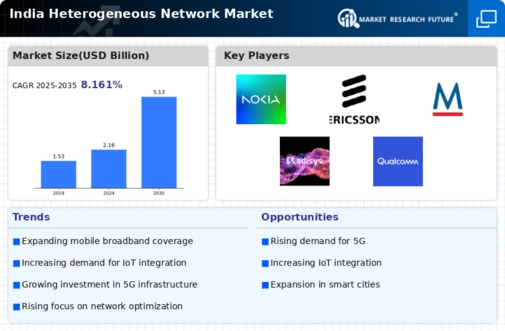

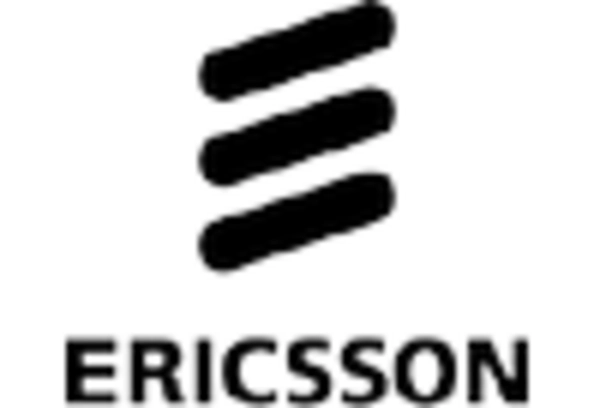
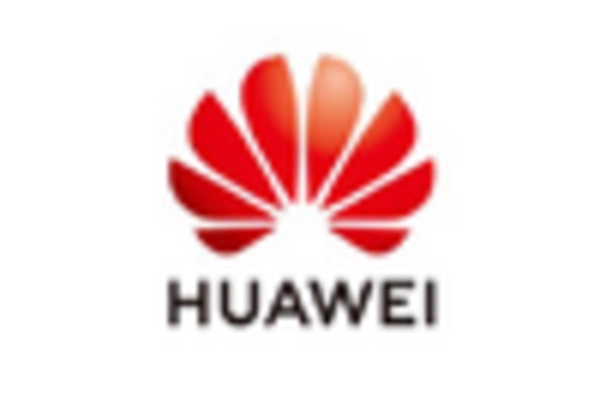

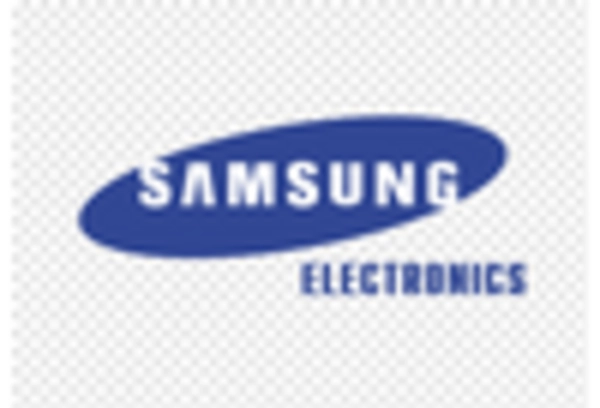
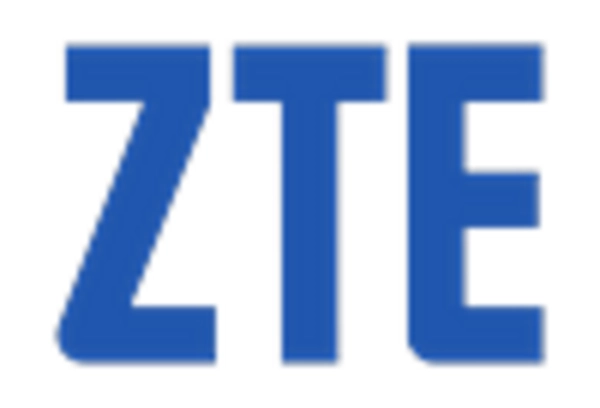








Leave a Comment